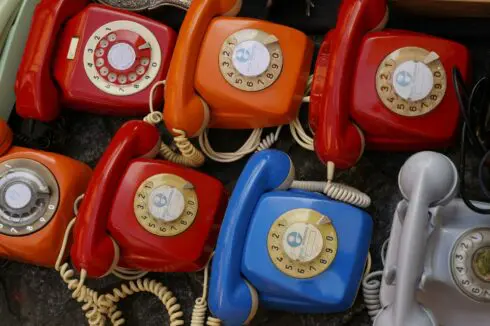
Having the correct customer information in your databases is necessary for a number of reasons, but especially when it comes to active contact information like email addresses or phone numbers.
“Data errors cost users time, effort, and money to resolve, so validating phone numbers allows users to spend those valuable resources elsewhere,” explained John DeMatteo, solutions engineer I at Melissa, a company that provides various data verification services, including one called Global Phone that validates phone number data.
For instance, call center employees often ask callers what a good number to call them back would be in case they get disconnected. Validating that number can eliminate user error and thus prevent that user being frustrated if they aren’t able to be called back. Or, if you’re doing a mobile campaign, you don’t want to be texting landlines or dead numbers because “it costs money every time you send out a text message,” DeMatteo said during a recent SD Times microwebinar.
RELATED: Validating names in databases with the help of Melissa’s global name verification service
It’s also helpful when cleansing databases or migrating data because you can confirm that the numbers in an existing database are actually valid.
There are a number of common errors in phone number data that validation can sort out, including inconsistent formatting, data type mismatches, disconnected or fake phone numbers, and manual entry errors.
“Global Phone allows customers the ability to standardize and validate phone numbers, to correct and detect any issues that may be present,” said DeMatteo.
The service takes in either a REST request for a single phone number or up to 100 records in a JSON request. All that’s needed is a single phone number, and optionally a country name — Global Phone can detect the country, but supplying it can speed up processing.
Then, Global Phone outputs a JSON file that contains validated, enriched, and standardized phone numbers, as well as result codes that identify information tied to the record, such as the number belonging to a cell phone or it being a disposable number. It may also be able to return CallerID information and carrier information.
“Probably the most important thing is the result code,” DeMatteo explained. “We’re going to be returning information about what the data quality looks like, if there’s any problems with it.”
During the microwebinar, DeMatteo walked through an example of a poorly formatted phone number going through Global Phone.
In his example, the original phone number was ((858)[481]_8931. While it is the correct number of digits for a phone number, it is clearly poorly formatted and contains extra punctuation characters that shouldn’t be there.
Running it through Global Phone put the number into the correct format and also returned specific validation codes: PS01 (valid phone number), PS08 (landline), and PS18 (Do Not Call) list.
According to DeMatteo, there are a number of best practices when working with phone data. First, always verify the phone type and active status before sending SMS. Another tip is to use the RecordID and TransmissionReference output fields to better keep track of data.
And for better efficiency, some recommendations are to supply the country information if it’s known and send multiple records at once using JSON batch calls, as that’s going to “give you the best bang for your buck.”






